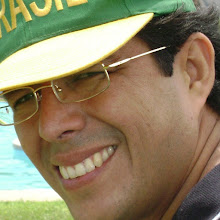Also per Stratfor, forecasting world events is a difficult task that takes guts and discipline. Though you can find endless scenarios in a number of places, the same people that predicted, in 2002, the EU crisis; and in 2010, the U.S.-Iranian negotiations – focuses on countries’ constraints, which eliminates the impossibilities down to a likely path.
Here are a few things to be seen ahead by 2039:
- The United States will continue to be the leading economic power.
- Conflict in the Middle East will continue, but the United States will take a much more hands-off approach in the region.
- German and Russian interests will align, trading natural gas and technology, and could potentially threaten Washington's global strategy.
- Mexico will become an industrial powerhouse by taking low-level production from China and monetizing its energy sector.
- China will continue to face more internal tension and slower economic growth.
